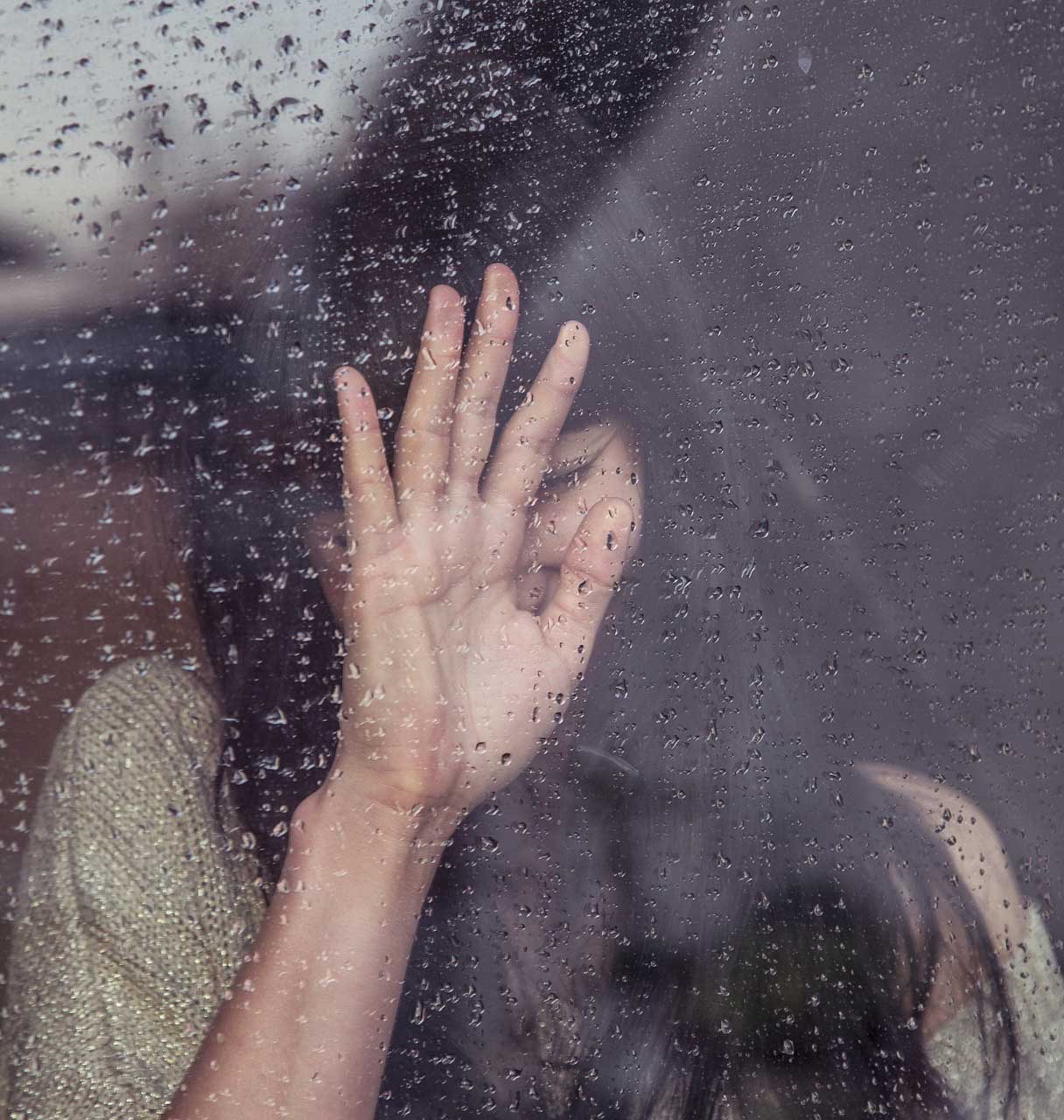
The short, rainy winter days in Vancouver often mean we don’t see the sun for days, sometimes weeks. Many of us feel a bit sluggish after two weeks without sun, but for 3-5% of Canadians, the dark days can mean battling with despair, low mood, irritability and depression, all potential symptoms of Seasonal Affective Disorder or SAD.
Could I have SAD?
Humans need the sun to set our body clock and grey days will affect us all to a certain degree but if you’re experiencing:
- Oversleeping
- Fatigue and lethargy during the day
- Feelings of despair and hopelessness
- Not enjoying regular activities
- Withdrawing from your social circle
- Weight gain
You may want to speak to your doctor.
How is SAD diagnosed?
Your doctor will look at changes to your habits such as eating, sleeping and lifestyle and changes in your thoughts and behaviour. Your doctor will look at if these changes prevent you from carrying out your normal activities, whether your family has a history of depression and for SAD, whether these symptoms are seasonal.
How is SAD treated?
For SAD occurring in the winter, treatment may include cognitive behavioural therapy, antidepressants, regular exercise, healthy food, managing stress and more light. Getting as much sunlight as possible is the first line of treatment. An alternative to sunlight would be to use a fluorescent or LED light box using full-spectrum white light with at least 10,000 lux. You can also use a narrow-spectrum blue light in the mornings.
SAD can happen in summer too
10 percent of SAD diagnoses occur in the summer. Symptoms are different and include insomnia, decreased appetite, increased anxiety and agitation.
Steps that APSA members can take
If you believe SAD may be affecting you, speak to your doctor for a diagnosis. Our health benefits include Clinical psychology which is now covers up to $1,000. Feeling anxious or depressed? Consider accessing EFAP.
Here are some examples of the illuminance provided under various conditions:
| Illuminance (lux) |
Surfaces illuminated by |
| 0.0001 | Moonless, overcast night sky (starlight) |
| 0.002 | Moonless clear night sky |
| 0.05–0.3 | Full moon on a clear night |
| 3.4 | Dark limit of civil twilight under a clear sky |
| 20–50 | Public areas with dark surroundings |
| 50 | Family living room lights (Australia, 1998) |
| 80 | Office building hallway/toilet lighting |
| 100 | Very dark overcast day |
| 150 | Train station platforms |
| 320–500 | Office lighting |
| 400 | Sunrise or sunset on a clear day. |
| 1000 | Overcast day; typical TV studio lighting |
| 10,000–25,000 | Full daylight (not direct sun) |
| 32,000–100,000 | Direct sunlight |
Chart from https://en.wikipedia.org/wiki/Lux
Resources:
https://www.healthlinkbc.ca/health-topics/hw169553
https://www.nhs.uk/conditions/seasonal-affective-disorder-sad/
http://www.ementalhealth.ca/Vancouver-Coastal/Winter-Depression/index.php?m=article&ID=8870
https://cmha.bc.ca/documents/seasonal-affective-disorder-2/
https://www.lighthousecounselling.ca/seasonal-affective-disorder-vancouver/
